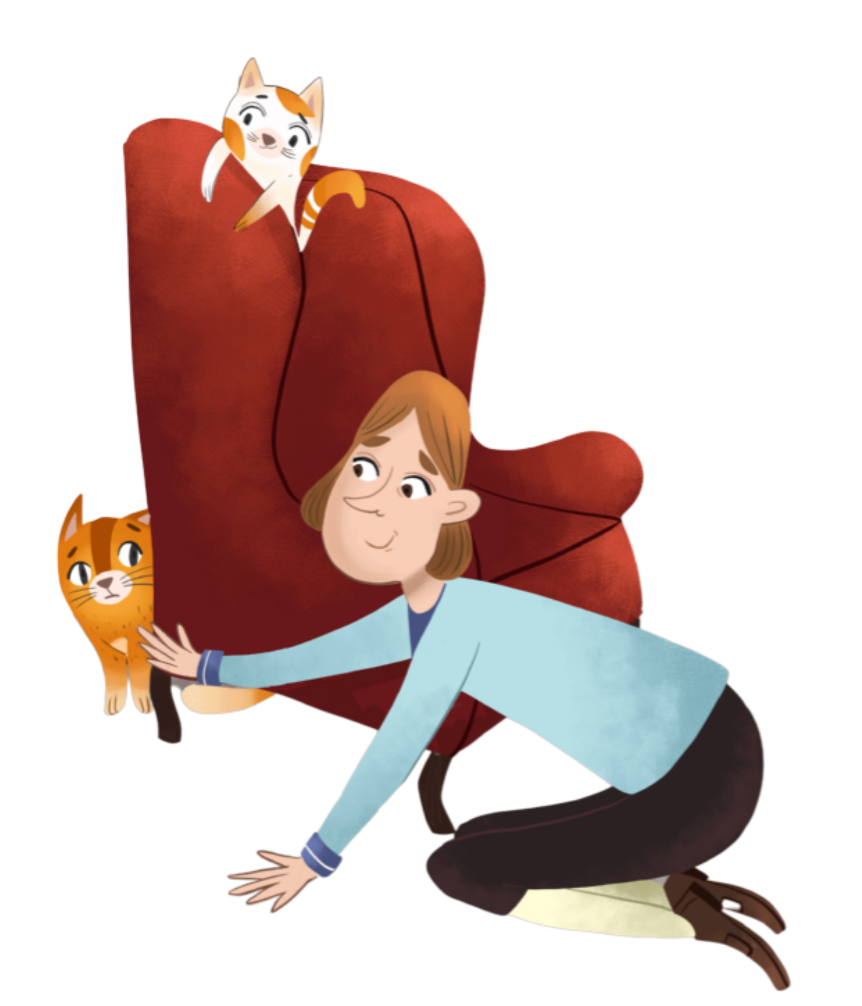How Modern Fairy Tales Can Build Resilience and Emotional Skills in Kids
- Katie Pye

- Mar 5
- 3 min read
Updated: Mar 13
Have you ever really stopped to think about how horrid traditional fairy tales are? Poisonings, wicked stepmothers, unsolicited kisses from strangers, and rather questionable life advice (hello, “marry the prince and everything will be fine”), not to mention some pretty outdated ideas about power, gender roles, and how to solve problems.

As a parent, that started to bother me. When I sit down for story time with my kids, I want it to count. We want those snuggled-up moments on the couch or the last few minutes before bed to do more than be a tick in a box. We want stories that connect us and help our kids make sense of the world and grow into kind, resilient humans who know how to handle big feelings.
Not:
Girls locked in towers.
Witches shoved into ovens.
Brothers abandoning sisters.
Entire plotlines focused on physical beauty, revenge, or tricks!
I don’t know how the ‘best fairy tales’ have stuck around for centuries. But I do have a theory: we fell in love with the characters. There’s something irresistible about those familiar faces from our childhoods—whether it's Snow White, the three little pigs, or the big bad wolf. We love them, despite the stories not because of them.

And it was those very characters who pulled me into writing Fairytale Fraud.
I didn’t rush out to rewrite fairy tales because of the failure of the classics. I just had a funny idea for those adorable three little pigs. I wanted to teach them a thing or two about wise trust. But as I played with that story, I realised how much potential these familiar characters had.
Imagine:
Pigs who learned from their mistakes.
Trolls who need empathy.
Siblings who work through conflict.
Stories that build emotional regulation for kids through fun, relatable situations.

And that's what I love about modern fairy tale adaptations—I get to take those familiar characters and turn everything on its head—have them model resilience, empathy, and self-awareness instead of just... you know... running from wolves or waiting around for a prince to rescue them.
When I think of Rapunzel now, I think of my Rapunzel. The protagonist in Ready for Rescue, who learned the hard way that sometimes you just have to get on with things, even when you really, really don’t want to.
When kids see characters, like my Rapunzel, struggling with the same kinds of feelings they have—frustration, fear, boredom—they can relate. It gives them a helpful memory hack for why working through their struggle is worth it. It builds resilience and emotional regulation and gives kids tools they can actually use in real life. It grows social and emotional competence, without it feeling like hard work.
Because we all know—especially Rapunzel—that nobody wants to do hard work! ;)

So if you want to make story time snuggles even better, do check out Fairytale Fraud. These are the stories I wanted for my own family—and, if I’m honest, wish I’d had in my own childhood. They’re clever, fun, and packed with the kind of messages that help kids build social and emotional competence, all while getting to spend more time with the characters we already know and love.
From one parent to another - you've got this.
Cheering you on.
Katie xx
🎈 Storytime Tip
Next time you read a fairy tale (classic or modern), ask your child: “Who do you feel sorry for in this story, and why?” They sometimes amaze us with the insights they share!
⭐ Try This Tool:
When your kids are struggling with big feelings, you might find that reminding them how a Fairytale Fraud character handled tough moments can really help. Stories often give kids a helpful way through.






